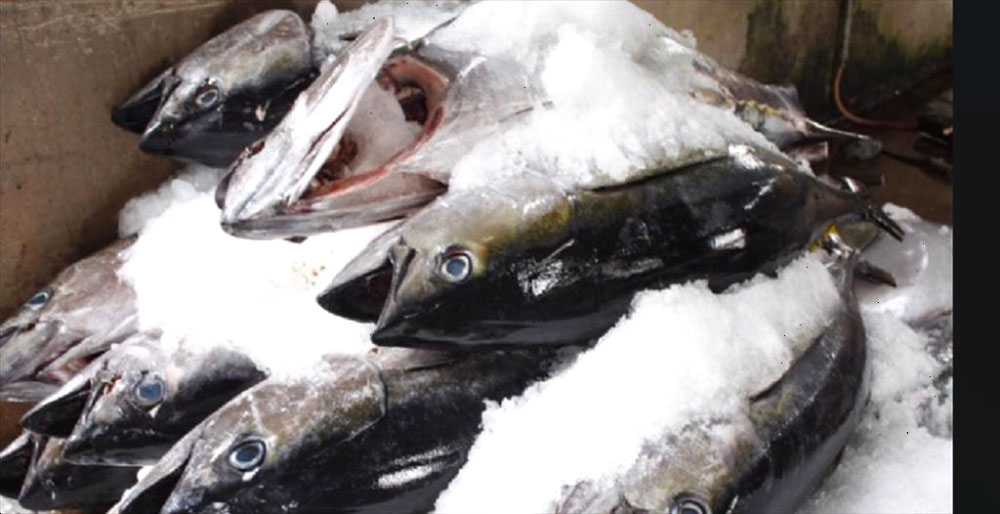Vietnam Seafood
Vietnam tuna exports increased sharply in the first month of 2024
Since the end of 2023, Vietnam’s tuna exports have tended to recover and are expected to increase again in 2024, especially in the year’s second half.
According to statistics from Vietnam Customs, in January 2024, Vietnam’s tuna exports reached more than 79 million USD, an increase of 58% over the same period in 2023, because January 2023 coincided with the Lunar New Year holiday. However, if compared from 2018 back to now, sales in January 2024 are still about 46% higher than the annual average; that is a positive signal for the opening month of the new year 2024.
Exports to all markets increased simultaneously
The top 10 main tuna export markets of Vietnam in January 2024 have changed, including the US, Israel, Russia, Canada, Japan, Italy, Germany, the Netherlands, Thailand, and Poland. Compared to the same period in 2023, exports to the remaining markets increased except for Thailand.
In the EU market, the reopening of preferential tariff quotas as agreed in the Free Trade Agreement between the EU and Vietnam (EVFTA) is creating momentum to boost export orders to this market in the first month of the year. Exports to most EU countries increased sharply. In particular, Italy continues to lead in import value in January 2024, with an increase of nearly five times over the same period. Along with Italy, exports to Poland and Sweden also increased dramatically.
In the Middle East market, although continuing to be affected by the war between Israel and the Islamic movement Hamas, exports to some markets in this region are increasing strongly. Specifically, exports to Israel increased 43%, Lebanon increased 13 times, and Egypt increased 43%. Currently, concerns about the increasing war are increasing the demand for food products that can be stored, such as canned tuna in these markets and promote imports.

Difficulties still pile up
Looking at the overall market and tuna industry in 2024, businesses said they are and will face many challenges and difficulties that will slow down the ability to recover production and exports.
Specifically, tensions in the Red Sea are causing many difficulties in the process of transporting export goods in general and seafood products in particular when shipping costs tend to increase. An increase in the selling price of the final product to consumers will greatly affect consumer demand. According to information from businesses, in the past month, the total freight payable for a container of goods transported to the West Coast has increased by 70%. Frozen goods exported to Europe have increased nearly four times. Tensions in the Red Sea also prolong transit time from Asia to Europe, cause difficulty in registering for charter ships, cause prolonged inventory, slow capital flow, high bank interest, etc. All these things will cause export businesses to face difficulties.
In addition, the “IUU yellow card” barrier when exporting to the EU market has not yet been removed, so businesses still encounter many difficulties when exporting to this market block.
It is expected that exports to other markets will continue to recover, but the growth rate will be slow.
(Source: https://seafood.vasep.com.vn/)



 Tiếng Việt
Tiếng Việt